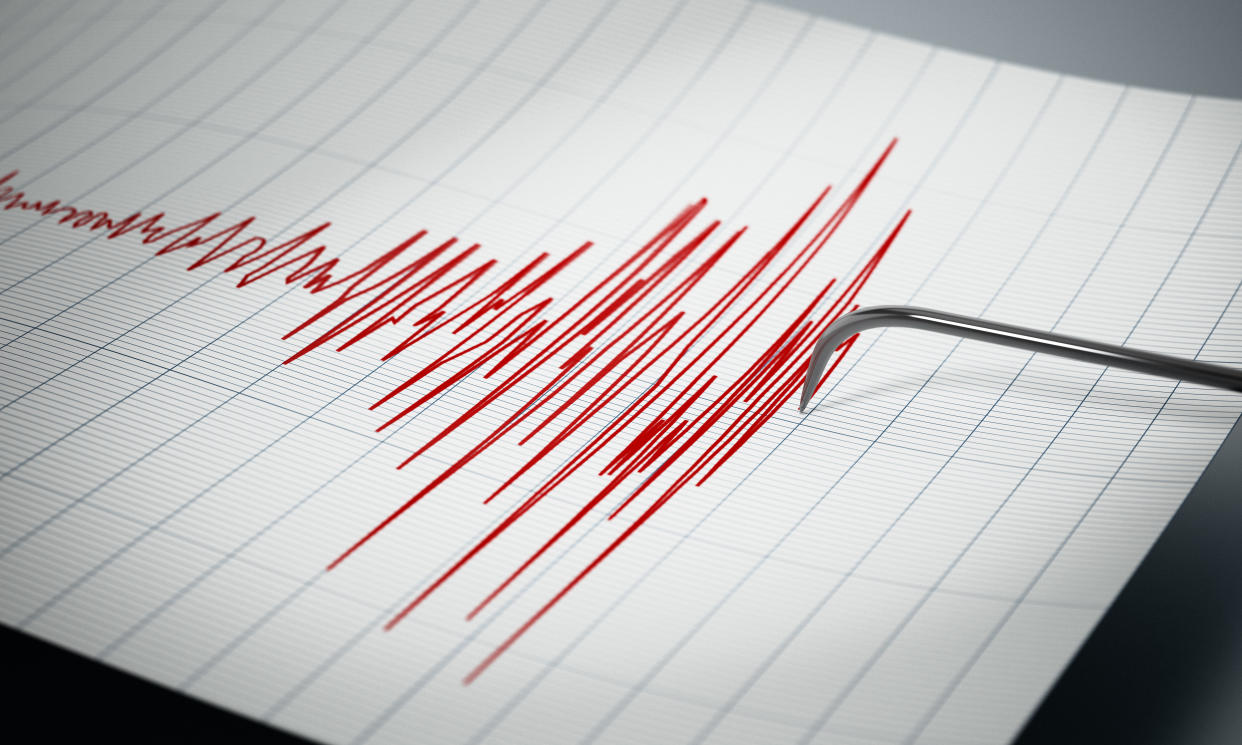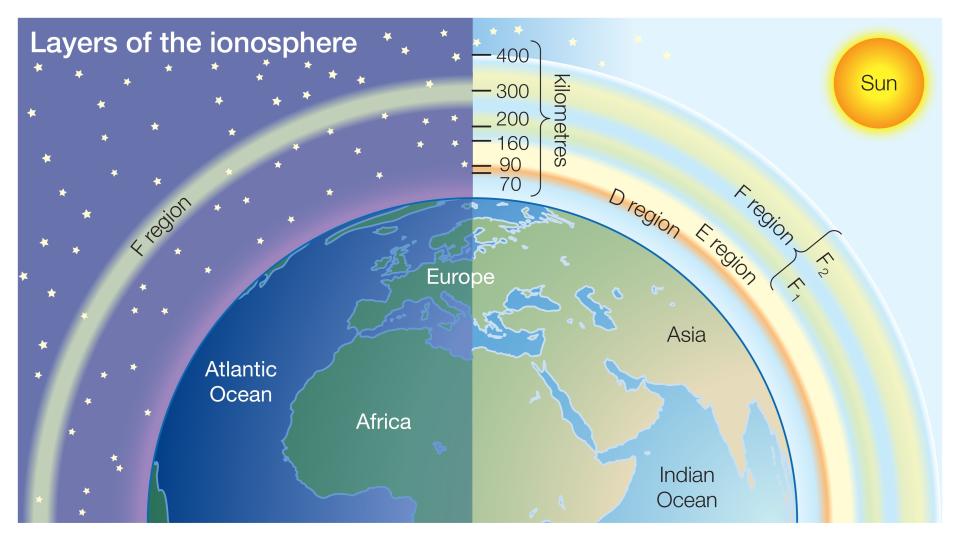This start-up predicts earthquakes by looking at the sky

Earthquakes don’t happen out of nowhere — but, for decades, scientists have tried and failed to reliably predict them more than a few minutes in advance.
Now, an Israeli start-up claims it has figured out a way of doing it several hours in advance, and with stunning accuracy.
Rather than looking at the ground, the company, Ionoterra, monitors an upper layer of the Earth’s atmosphere known as the ionosphere. It is defined as the layer of the Earth's atmosphere that is ionized by solar and cosmic radiation and lies 75-1000km (46-621miles) above the Earth.
“Other researchers — they’re all putting sensors in the ground, they’re looking at the ground from satellites. As far as I know, we are the only people who’ve gotten a breakthrough by watching the ionosphere,” Ionoterra CEO Doron Angelovitch told Yahoo Finance UK.
Angelovitch describes the ionosphere as a “giant mirror” that reflects what’s happening on the ground.
The friction between tectonic plates, which causes earthquakes, releases a lot of plasma, he said.
The ionosphere is “like a boiling soup”, Angelovitch noted. But if you know what you’re looking for, it’s possible to see the effects of this plasma on the ionosphere — and use it to predict earthquakes up to eight hours in advance.
Between 2000 and 2016, there were 2,700 earthquakes with a Richter scale of more than 5.0 around the world, resulting in 380,000 casualties and untold damage.
Being able to predict catastrophic earthquakes in advance has an obvious humanitarian advantage, but the economic potential is also huge given the impact they have on industry and insurance companies.
The United States Geological Survey (USGS) says that an earthquake prediction must have three components: the date and time, the location, and the magnitude.

“Neither the USGS nor any other scientists have ever predicted a major earthquake. We do not know how, and we do not expect to know how any time in the foreseeable future,” it says on its website.
Ionoterra, which claims it can predict all three of these components, calls them the three Ws — the when, the where, and the what.
The company is currently in the middle of a testing phase, and says that, last month, it predicted these components for 82% of earthquakes in an area of eastern Romania around 3.5 hours in advance.
But these earthquakes, which averaged 2.67 on the Richter scale, were relatively harmless, Angelovitch said.
“Our algorithm is best at dealing with catastrophic events,” he said, noting he believes that Ionoterra can predict devastating earthquakes up to eight hours in advance — and with 90% accuracy.
The company, which publishes timestamped predictions on its website, was founded by Angelovitch and counts six leading scientists among its team.
In April, Ionoterra presented to the general assembly of the European Geosciences Union in Vienna, and on Thursday, it was one of the semi-finalists of the Seed Award, a competition run by Chinese real estate firm Seedland.
Concluding his presentation at the semi-final, Angelovitch said: “My take-home message for you is: now, earthquakes can be predicted.”


